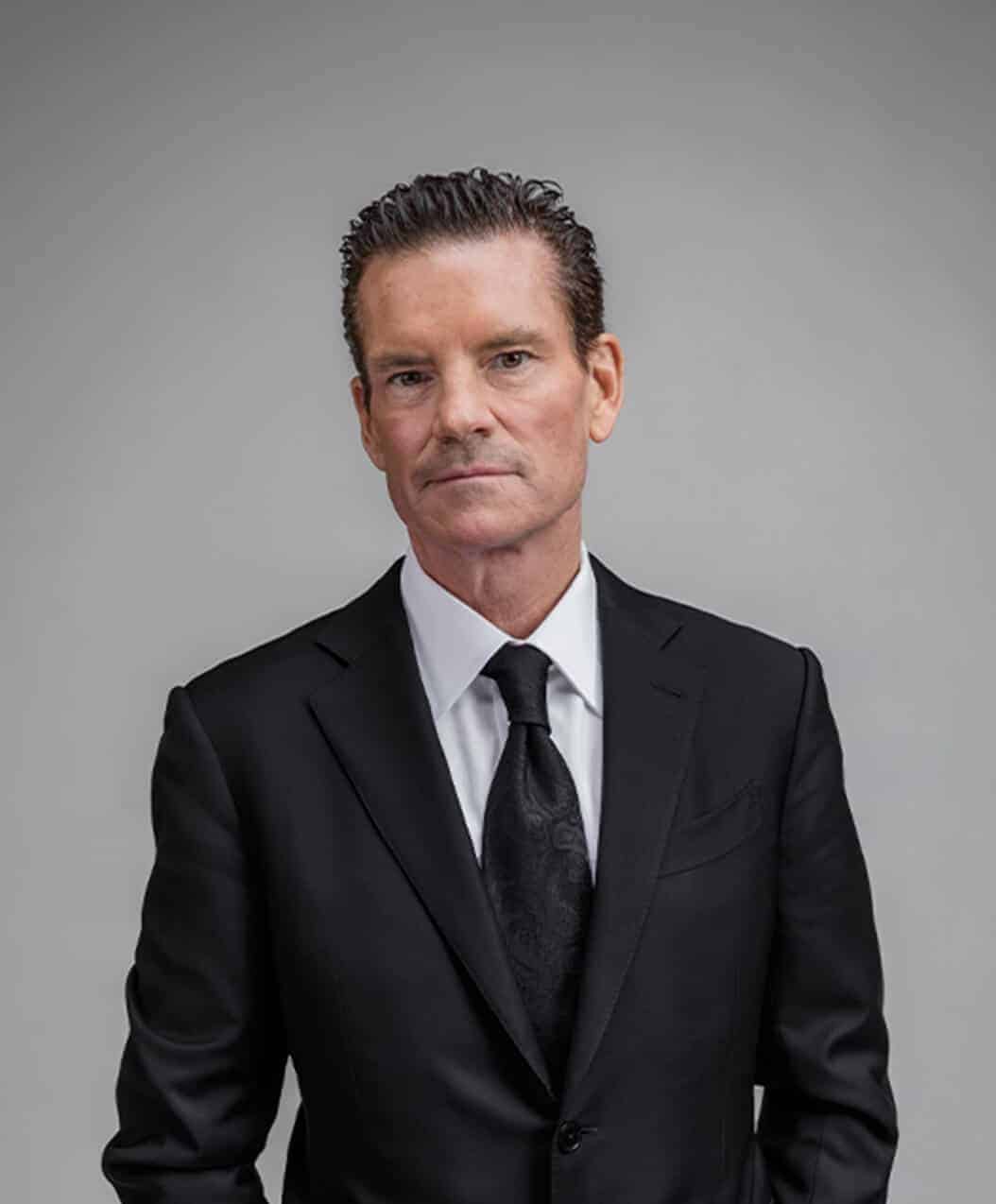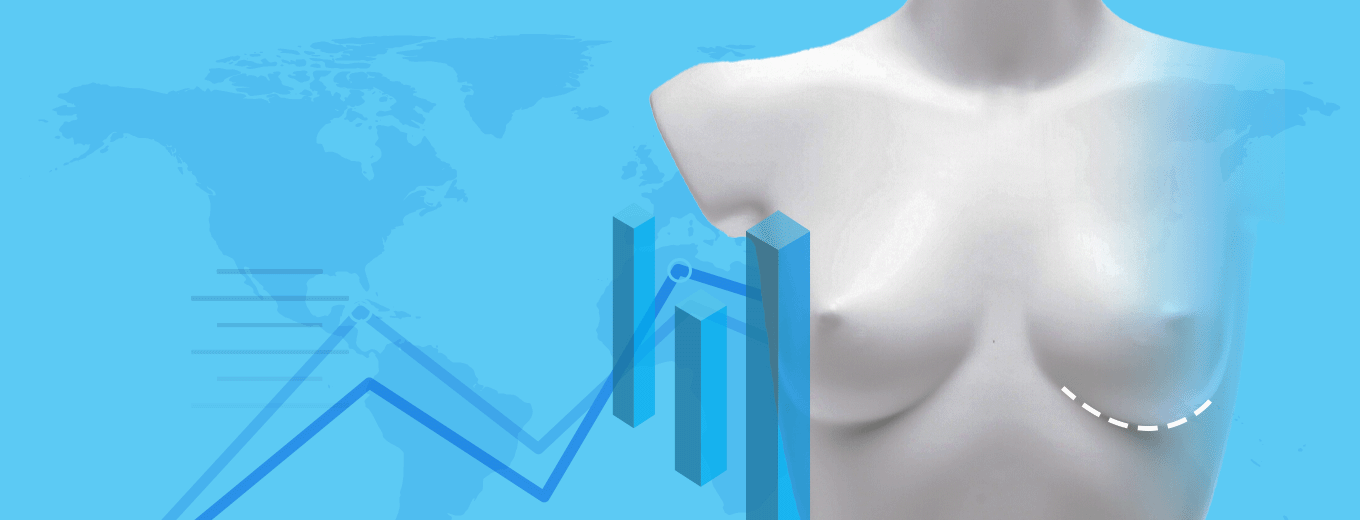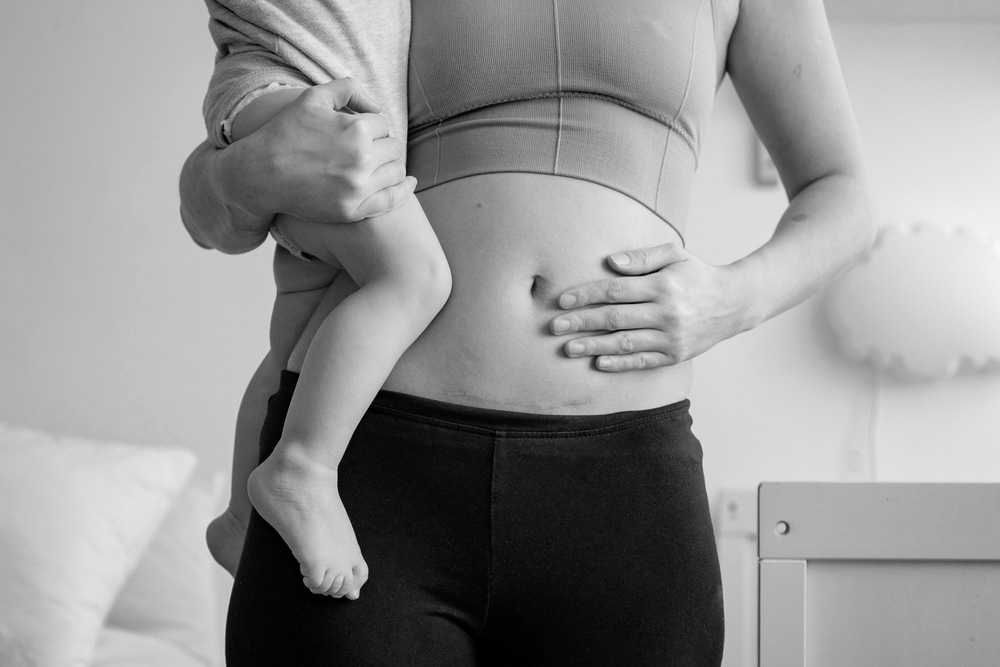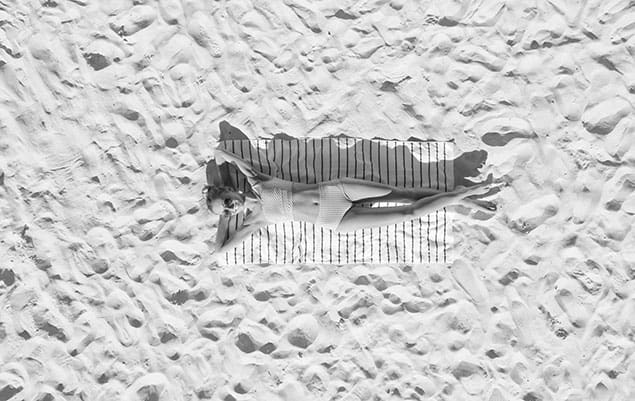October 20th, 2024
Dr. Mulholland, Md
Rhinoplasty, or a nose job, is a type of plastic surgery that improves the nose’s appearance and/or function. While rhinoplasty can technically be done on anyone of any age, there is generally a minimal ideal age for rhinoplasty, and this age varies based on gender.
What Is Rhinoplasty (Nose Job)?
Rhinoplasty, also known as a nose job, is a type of cosmetic surgery that is done with the purpose of improving the appearance and function of the nose. Rhinoplasty can restore or create facial balance, eliminate issues such as nose bridge bumps, and help the patient breathe easier if the shape or structure of the nose — either naturally (due, for instance, to a deviated septum) or due to an injury or trauma — obstructs the nasal passages.
What Are The Different Types Of Rhinoplasty?
There are two different types of rhinoplasty: open rhinoplasty and closed rhinoplasty.
In an open rhinoplasty, also known as external rhinoplasty, the surgeon makes a small incision on the columella, the soft tissue that separates the nostrils. After the incision is made, the surgeon can easily access the nose’s underlying bone and cartilage structure.
Open rhinoplasty allows the surgeon to lift the skin of the nose off the tip to access the underlying bone and nasal tip cartilage, which allows for a more significant reshaping. In addition, open rhinoplasty allows for easier suturing or grafting and gives the surgeon a clearer view of the procedure. Open rhinoplasty can facilitate a more precise and drastic change to the shape and structure of your nose than closed rhinoplasty. However, this procedure can result in more significant swelling and bruising during the recovery period. The procedure is performed while the patient is under general anesthesia or twilight sedation.
Closed rhinoplasty, also known as internal rhinoplasty, involves incisions inside the patient’s nose, through the nostrils. This method is less intrusive and is most often used to correct obstructed airways, minor nose tip problems, or reduce a bridge bump. It is ideal for patients who require only a minimal amount of work.
Is There A Minimum Age For A Nose Job?
Often, teens may be self-conscious and have issues with negative self-image due to the appearance of their nose; if it is crooked, has a bulbous tip or hook, or is generally disproportionate to the rest of their face. Generally, a teenager should not have rhinoplasty surgery until the nose has finished growing to its full size. This means the minimum age for a nose job in girls is between 15 and 16, and between 16 and 17 in boys.
Exceptions To The Minimum Age
Patients can have a nose job when they are under the minimum age if they have a congenital facial disability, such as a cleft palate, which is a split between the upper lip or the roof of the mouth. There is no need for an individual born with a cleft palate to wait until they have reached the minimum recommended age for rhinoplasty since this facial defect can be easily remedied with nasal surgery.
Is There A Maximum Age For A Nose Job?
No, there is no upper age limit for a nose job. As long as a patient is in good general health, plastic surgeons can perform rhinoplasty on an individual of any age above the minimum.
Is There A Right Age For A Nose Job?
There is no “right” age for a nose job if you are above the minimum recommended age. Adults of generally good health who want to have a rhinoplasty procedure to correct cosmetic or functional issues with their nose can have one done at any time. In your initial consultation with Toronto Plastic Surgeons, your surgeon will discuss your ideal rhinoplasty outcome and will be able to advise on any concerns they may have with performing a nose job on you.
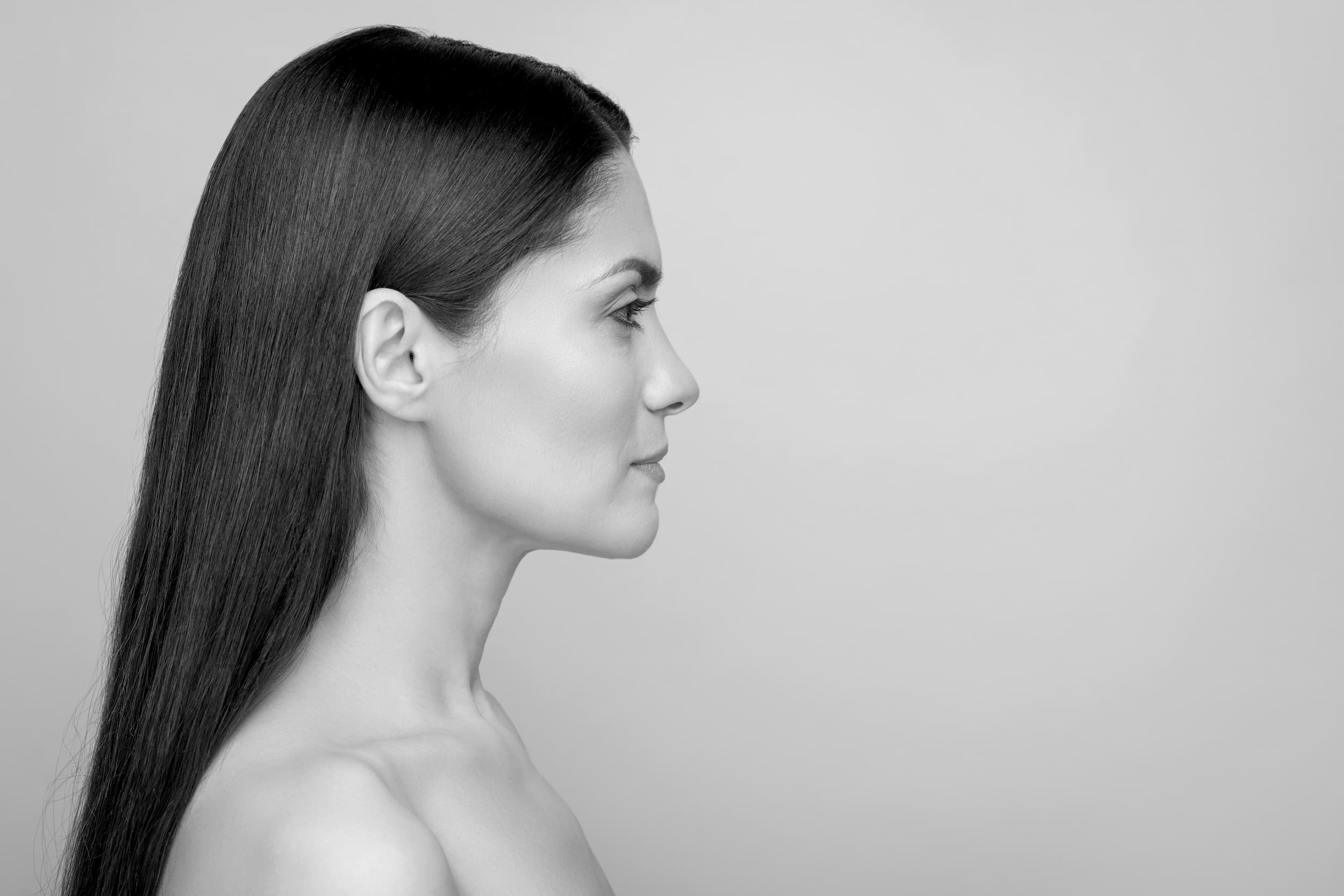
Are There Any Risks Associated With Rhinoplasty?
At TPS, your rhinoplasty procedure will be performed by Toronto Plastic Surgeons, an internationally renowned plastic surgeon, known for his work in cosmetic blepharoplasty, Asian blepharoplasty, and facial surgery. Your procedure will be conducted safely and to the highest standards. However, as with all surgeries, you will need to take steps after your procedure to ensure a complication-free recovery.
Typically, rhinoplasty patients will experience some bruising and swelling under the eyes, which will begin to subside after three days and will completely subside after roughly three weeks. During the recovery time, nose job patients should avoid strenuous physical activity, minimize sun exposure, and avoid alcohol and smoking.
Rhinoplasty may result in scarring, but it will be minimal. The external scar from a nose job typically appears on the columella and is usually imperceptible.
Will The Results Of Rhinoplasty Change As You Age?
As you age, your facial features will change naturally, including your nose, even after a rhinoplasty procedure. However, the goal of a rhinoplasty is to give the nose a more balanced, proportionate, natural look; any visible changes to your nose as you age, even after your rhinoplasty, will be a natural evolution of the symmetry and natural balance created by your rhinoplasty procedure.
Preparing For A Rhinoplasty Consultation
If you are scheduled to have a rhinoplasty consultation, it’s important to know your overall goals and desired outcomes. Do your research, and bring some before and after photos that are good examples of the type of work you’d like to get done — but remember to be realistic. During your consultation, you’ll work with your surgeon to discuss your desired outcomes and learn what type of rhinoplasty procedure is right for you.
